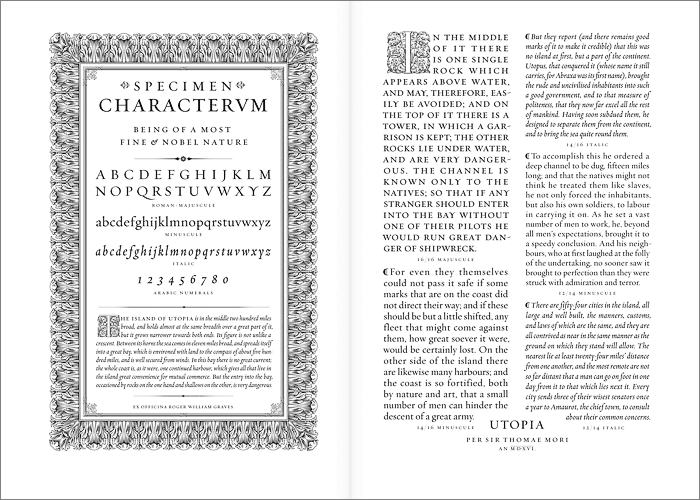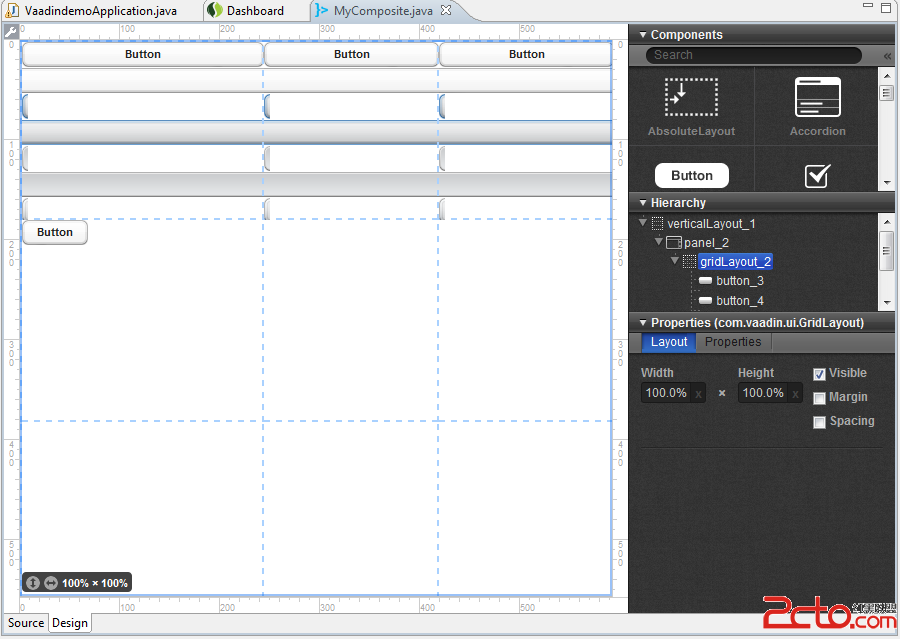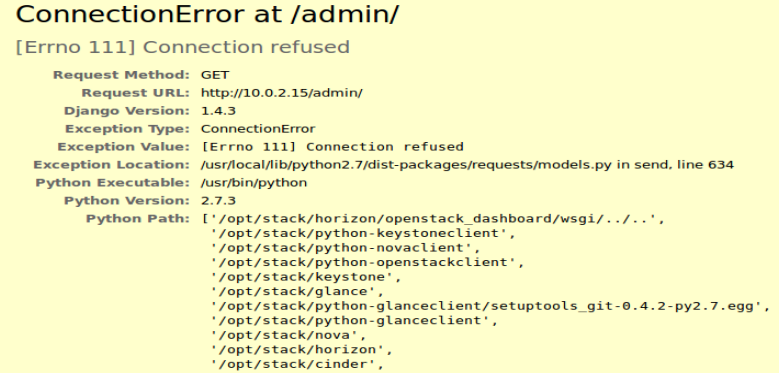集合之线程安全
Map map = Collections.synchronizedMap(new HashMap(1));Collections.synchronizedList(new ArrayList());
[java] view plaincopy
private static class SynchronizedMap<K,V>
implements Map<K,V>, Serializable {
// use serialVersionUID from JDK 1.2.2 for interoperability
private static final long serialVersionUID = 1978198479659022715L;
private final Map<K,V> m; // Backing Map
final Object mutex; // Object on which to synchronize
SynchronizedMap(Map<K,V> m) {
if (m==null)
throw new NullPointerException();
this.m = m;
mutex = this;
}
SynchronizedMap(Map<K,V> m, Object mutex) {
this.m = m;
this.mutex = mutex;
}
public int size() {
synchronized(mutex) {return m.size();}
}
public boolean isEmpty(){
synchronized(mutex) {return m.isEmpty();}
}
public boolean containsKey(Object key) {
synchronized(mutex) {return m.containsKey(key);}
}
public boolean containsValue(Object value){
synchronized(mutex) {return m.containsValue(value);}
}
public V get(Object key) {
synchronized(mutex) {return m.get(key);}
}
public V put(K key, V value) {
synchronized(mutex) {return m.put(key, value);}
} www.zzzyk.com
public V remove(Object key) {
synchronized(mutex) {return m.remove(key);}
}
public void putAll(Map<? extends K, ? extends V> map) {
synchronized(mutex) {m.putAll(map);}
}
public void clear() {
synchronized(mutex) {m.clear();}
}
private transient Set<K> keySet = null;
private transient Set<Map.Entry<K,V>> entrySet = null;
private transient Collection<V> values = null;
public Set<K> keySet() {
synchronized(mutex) {
if (keySet==null)
keySet = new SynchronizedSet<K>(m.keySet(), mutex);
return keySet;
}
}
public Set<Map.Entry<K,V>> entrySet() {
synchronized(mutex) {
if (entrySet==null)
entrySet = new SynchronizedSet<Map.Entry<K,V>>(m.entrySet(), mutex);
return entrySet;
}
}
public Collection<V> values() {
synchronized(mutex) {
if (values==null)
values = new SynchronizedCollection<V>(m.values(), mutex);
return values;
}
}
public boolean equals(Object o) {
synchronized(mutex) {return m.equals(o);}
}
public int hashCode() {
synchronized(mutex) {return m.hashCode();}
}
public String toString() {
synchronized(mutex) {return m.toString();}
}
private void writeObject(ObjectOutputStream s) throws IOException {
synchronized(mutex) {s.defaultWriteObject();}
}
}
使用了Collections.synchronizedMap(new HashMap(1))就将非线程安全的变为线程安全的了,同时性能也降低了,但有些时候也并非那么完美,比如并发的时候:
[java] view plaincopy
Map map = Collections.synchronizedMap(new HashMap(1));
if(map.containsKey("str")){
map.remove("str");
}
jdk1.5新增了ConcurrentLinkedQueue、ConcurrentHashMap、CopyOnWriteArrayList 和CopyOnWriteArraySet对这些集合进行并发修改是安全的。
补充:综合编程 , 安全编程 ,




